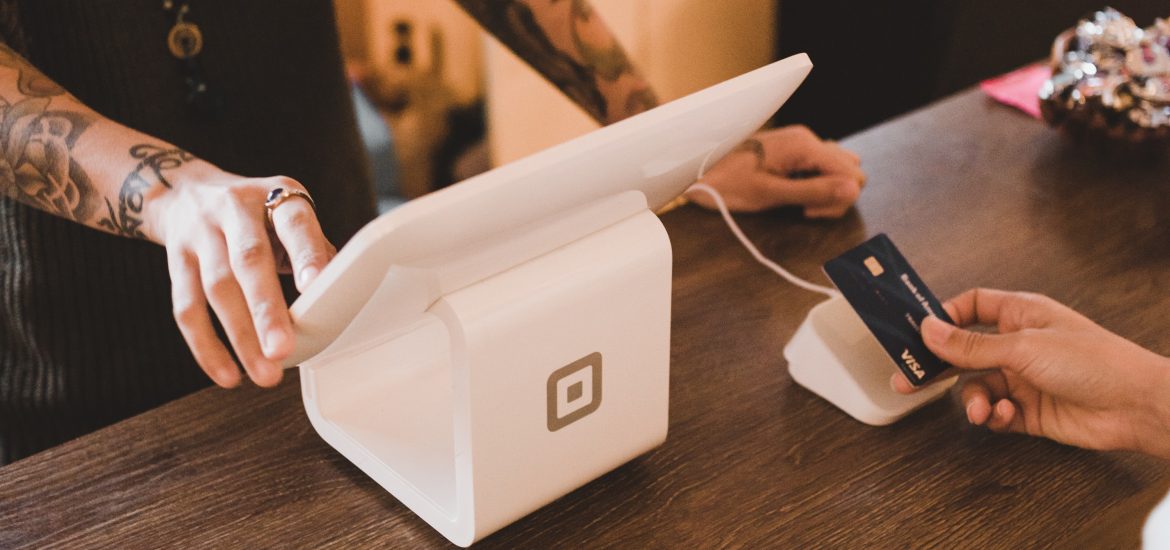In the famous words of Carrie Bradshaw, “I like my money right where I can see it: hanging in my closet.” Unfortunately, this is not the case for everyone. Sure, in Sex and the City Bradshaw somehow manages to accumulate $40,000 worth of shoes with only $1,125 in her savings, but in real life, not everyone is as careless (or confident?) with their money.
Staying on top of trends is fun and important for people who express themselves through fashion, but the luxury of wearing designer names like Louis Vuitton, Stuart Weitzman, or Canada Goose is one that few can indulge in. These notable, easily identifiable brands are frequently seen around campus, although their prominence could potentially reduce the self-esteem of those who can’t afford the latest trends.
Woodchurch High School in northwestern England recently banned Canada Goose, Moncler, and Pyrenex jackets on their campus in an effort to promote inclusivity and socioeconomic equality for all students. As a private institution, Syracuse University also has the power to eliminate designer items from its grounds — but should it?
While Newhouse graduate student Hannah Lees is passionate about fashion, she says that she wouldn’t spend upwards of $200 on a single designer T-shirt. However, she isn’t offended by people sporting well-known brands.
“If anything, I look at someone who’s wearing something luxurious and go, ‘Wow! They look really cute today,’” says Lees. “I don’t go, ‘Wow, I really wish I could have that. I’m going to go buy it.’ I know my limits.”
Lees said that while she doesn’t care about owning designer brands, she can understand implementing a ban for students who might choose fashion over necessities like rent or utilities in an effort to fit in. On the other hand, Jacorey Moon, a Newhouse graduate student and the owner of the blog Unapologetically Haute, has sacrificed food for fashion before. But he also understands his limits and knows when to put that pair of shoes he’s been eyeing back on the shelf.
“It’s like my mom has told me,” said Moon. “If you can’t afford to buy it twice, then you really can’t afford it.”
While not everyone is ready to afford or invest in luxury brands, Moon says it still doesn’t give the university any leverage in instilling a ban. He adds that as adults, students should have the right to convey their personalities through fashion.
“I do feel like you’re taking somebody’s freedom away when you’re banning them from wearing something,” says Moon. “Just because someone else can’t afford the designer labels that these people are wearing, how can you benefit from a ban just because you can’t have them too?”
Additionally, a luxury ban could put a strain on the Syracuse University community and affect local businesses. J-Michael Shoes, a local store on Marshall Street, sells a large range of designer clothing and accessories to cater to university students. The store is notable for carrying expensive lines, such as Birkenstocks, FILA, and Ray-Bans.
Canada Goose, Patagonia, and J/Slides are popular luxury brands at the moment, according to J-Michael employee Deion Lunstrum. If a campus ban were to be implemented, a large proportion of the store’s sales would decrease.
Lunstrum mentioned that J-Michael also sells lesser-known and cheaper items in the store that are not listed on the website, such as Elan, Project Social T, Southampton Studios and Z Supply. These particular brands do well and help to diversify the range of items sold.
Both Lees and Moon agree that affordable fashion allows people to be more creative with the way they choose to dress. High fashion names definitely can influence looks, ideas, and designs, but it’s up to the individual to mix, match, and establish their own style, regardless of price or brand.
So forget about Carrie Bradshaw and stop deciding between groceries or a Gucci belt. Follow the advice of real-life fashion icon Anna Wintour: “Create your own style. Let it be unique for yourself and yet identifiable for others.”
This was originally printed in Equal Time Magazine’s Fall 2019 print issue. Read it here.

